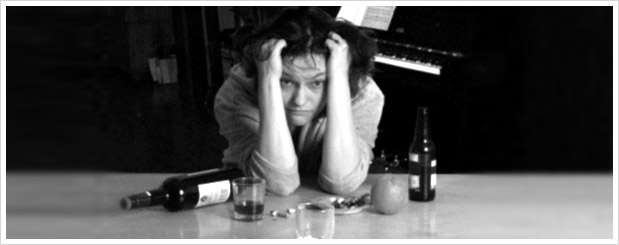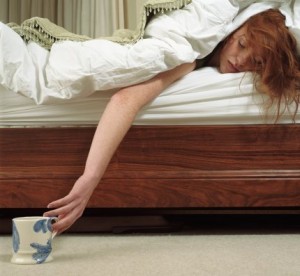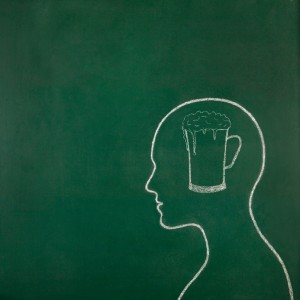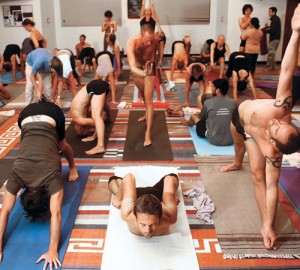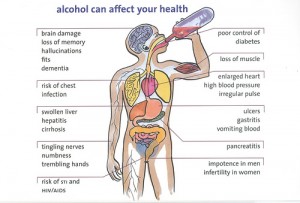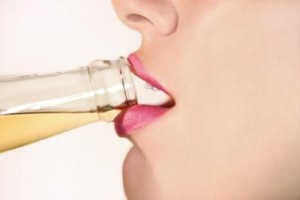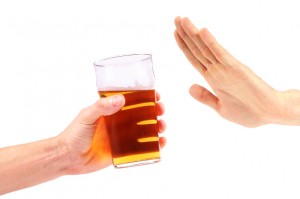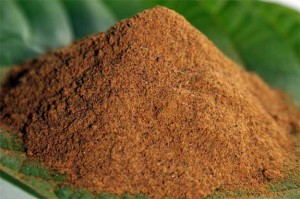How to prevent a hangover: Planning
Almost anyone who drinks on a regular basis has experienced a wicked hangover at some point in their lives. Unfortunately, the only sure fire way to prevent a hangover is to abstain from alcohol. If you’re not ready to do that, there are some steps you can take that may stave off the worst of it the next morning:
How to prevent a hangover: Drink Limit
Obviously, the less you drink, the less likely you are to have a hangover the next morning. Everyone is different when it comes to alcohol-some people get a hangover after only one or two drinks and others can drink all night without any ill effects. However, a good rule of thumb to prevent a hangover is to limit yourself to one drink an hour. Most people’s body’s eliminate alcohol at this rate, so sticking to this schedule is a good way to prevent a hangover. Also, drink no more than five drinks in one evening.
How to prevent a hangover: Drink Water
One of the major causes of hangover symptoms is dehydration. Alcohol decreases a hormone called vasopressin. This is known as the anti-diuretic hormone (ADH) because when it is released in the blood stream, it prevents your body from excreting water in your urine. When it is suppressed from drinking alcohol, your body loses more water in urine. The effect is so strong that for every pint of beer you drink, you can lose up to four pints of water. To prevent a hangover, drink one glass of water for every alcoholic beverage you have.
How to prevent a hangover: Eat Something
The worst thing you can do is to drink on an empty stomach. Having a filling meal you start drinking is a great way to prevent a hangover. The food in your stomach will slow the absorption of alcohol in your blood stream. Even if you only have a snack before going out, some food is better than no food.
How to prevent a hangover: Order on the Rocks
Ordering a drink “on the rocks” not only fills your glass with ice so you are forced to drink more slowly, but it can also prevent a hangover if you take care to chew all the ice before you move on to the next drink. The ice also melts as long as you don’t drink too slowly, watering down the drink and thus the amount of alcohol you are ingesting with each sip.
How to prevent a hangover: Avoid Shots and Mixing
When you do shots, you have a whole drink’s worth of alcohol in the space of a few seconds. This means that your system could be overloaded and not be able to break the alcohol down as efficiently as it would if you had the same amount of alcohol over a longer period of time. You also may be tempted to drink more. To prevent a hangover, stick with drinks that you can sip on throughout the night.
Mixing drink types is also a big no-no if you want to prevent a hangover. Staying with one type of alcohol will ensure that you’re not mixing up various additives, flavorings, and other elements in different types of alcohol, which can all increase the chance that you’ll wake up with a hangover.

